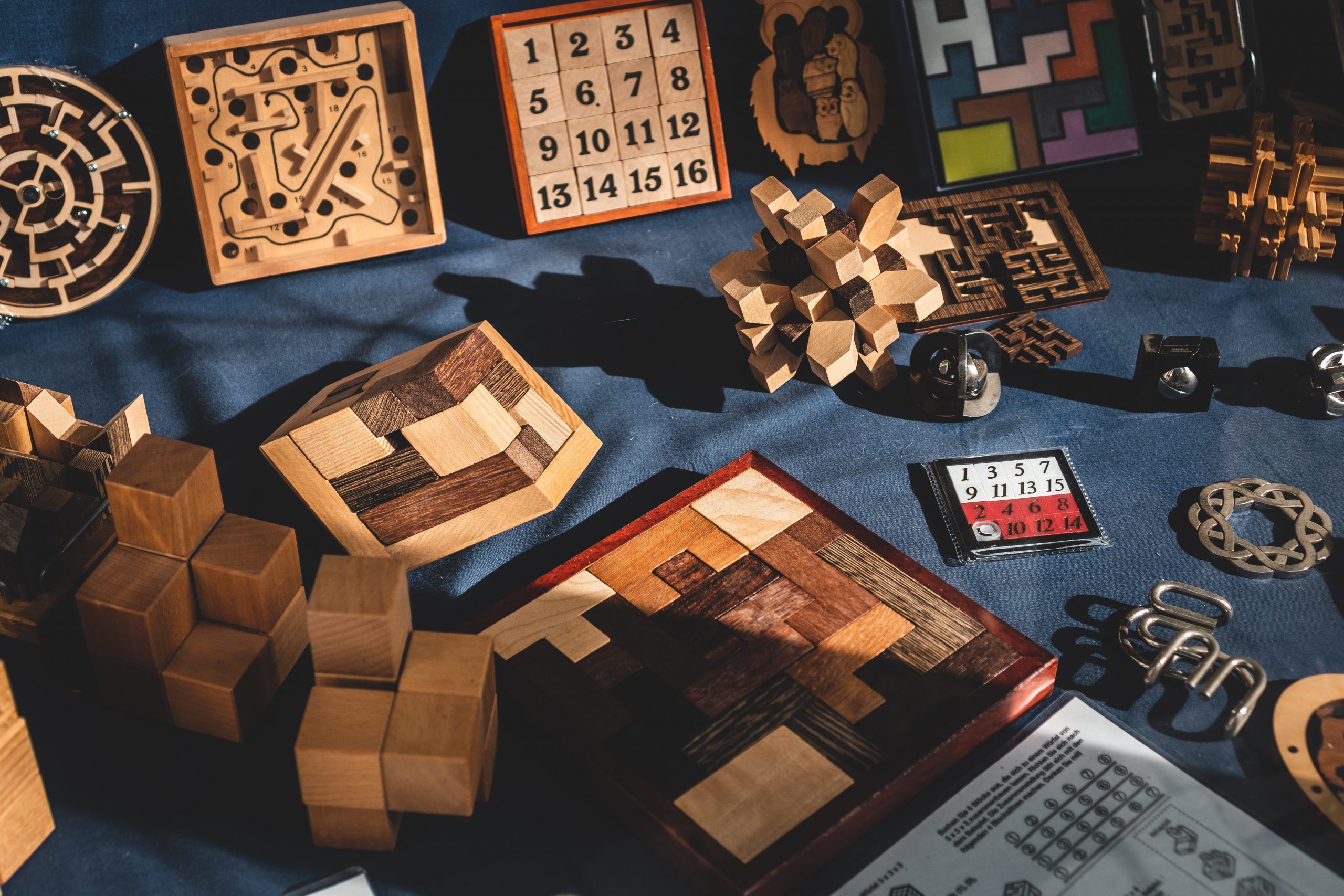Moods and emotions are difficult things to control—we are bored or excited not out of choice but because of circumstance. Yet positive feelings lead to better learning outcomes.
So, how can we get into a good mood to reap the rewarding memory benefits and improve learning?
By looking towards those qualities that make other activities so captivating and then applying them with greater purpose to your learning, you can engage in meaningful play.
The Power of a Positive Mood
Moods and emotions seem to be some of the least controllable aspects of our lives. They are swayed by outside influences and events, or by bodily and subconscious processes that bubble up from somewhere below.
And yet, when we can cultivate a positive and engaged attitude, we learn far more efficiently. Plenty of research suggests the mood we’re in changes how we perceive and process information we’re exposed to.
A 1981 study found that people better-remembered words from a list when those words matched how they felt—negative words with bad moods and positive words with good moods. Our frame of mind dictates what we look for, how we think of it, and what we remember of it.
However, while a negative mood can boost memory in a particular way, a positive mood has another advantage: it promotes cognitive flexibility.
A 2010 study found that in tasks of category-learning which required hypothesis testing and rule selection, a positive mood outperformed both neutral and negative moods.
Going a step further, a 2016 study looked at moods as the difference between outcomes and expectations, and found that a good mood can bias your perception of the outcome—rewards are seen as better when you’re in a good mood.
Not only does a positive mood boost memory and cognitive flexibility, it makes you look upon the results more fondly.
Raising the Energy Levels
Compare those positive moods to one of the most commonly felt negative moods in education: boredom. A meta-analysis of 29 studies and over 19,000 students found boredom to negatively impact academic performance.
Boredom often gives rise to distractions and mind wandering, which also naturally impede learning.
Boredom is not simply a bad mood, it is characterised by a lack of energy and what psychologists call arousal. When we are interested and engaged our energy levels rise and our attention becomes easier to maintain.
A 2015 study suggested the interaction between glutamate and norepinephrine characteristic of emotional arousal enhances the perception and memory of high-priority information.
An ideal level of arousal makes for a better mood and will lead to more efficient learning. It is also one of the essential elements for entering a flow state.
When Mihaly Csikszentmihalyi looked into the balance between challenge and skill level, boredom occupied the opposite side to arousal and flow.
With all this research detailing the benefits of positive moods and arousal, and the deficits to negative moods and boredom, we still need to figure out how to make our way into such positive moods.
Flow provides a great model for this—pushing your current abilities to the right amount is characteristic of the fun and games we often turn to when we’re bored, and it can be used in the same way as you learn through meaningful play.
Cultivating Curiosity
When it comes to self-education, you have autonomy and control over the what, when, and how of learning.
Couple that with the growing wealth of quality educational content online, and pushing your abilities and knowledge becomes a matter of effectively employing your curiosity. This is the core of meaningful play.
Both boredom and curiosity have something in common—they reveal a need for mental stimulation.
However, they often lead to different results: boredom has us craving for something new, which we often satisfy by turning to social media or passive entertainment; curiosity, on the other hand, is a desire for something specific, it pushes us to expand on what we currently know in a more directed fashion.
Curiosity sends us deeper into a topic we are already somewhat familiar with and promotes a step-wise form of improvement. George Lowenstein calls those edges of understanding information gaps—spaces between what we know and what we want to know.
In his research, Lowenstein has found that people will spend greater resources searching for answers to questions they are more curious about, and when subjects made incorrect guesses about what the answers to those questions might be, the surprise in being wrong improved their memory of what the correct answer was.
Many other studies have confirmed the effect curiosity has on learning. Turning boredom and free time into a purposeful and directed quest for knowledge is an ideal way to raise our energy levels, set a challenge, and enjoy the process of learning.
Meaningfully Entertained
While boredom in the classroom may remain a problem, boredom outside the classroom can be quickly and easily mitigated.
The question is how you choose to mitigate it. You could turn to novelty-seeking on news feeds, throw a movie on or grab the Playstation controller. There’s nothing wrong with that approach on occasion.
But there’s another option. Today you’re spoilt for choice when it comes to quality online content.
With a quick search, you can find enthusiastic educators, bite-sized explanations or full-length courses, apps that set personal challenges and track your progress, and online groups of like-minded people supporting each other’s educations.
Meaningful play takes the second approach. It’s about finding and engaging in a more challenging and purposeful form of fun. It’s no less enjoyable, but it has more long-term benefit.
The next time you find yourself with a bit of spare time or feeling a little bored, think about the most effective way to fire-up your cortex.




